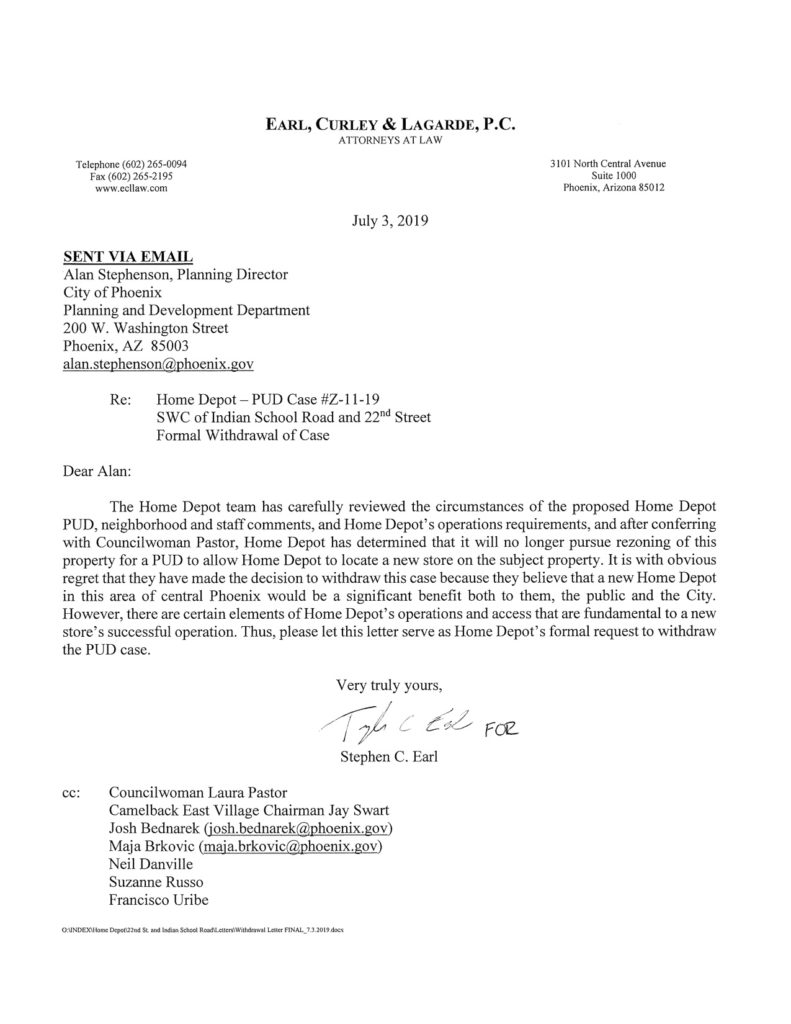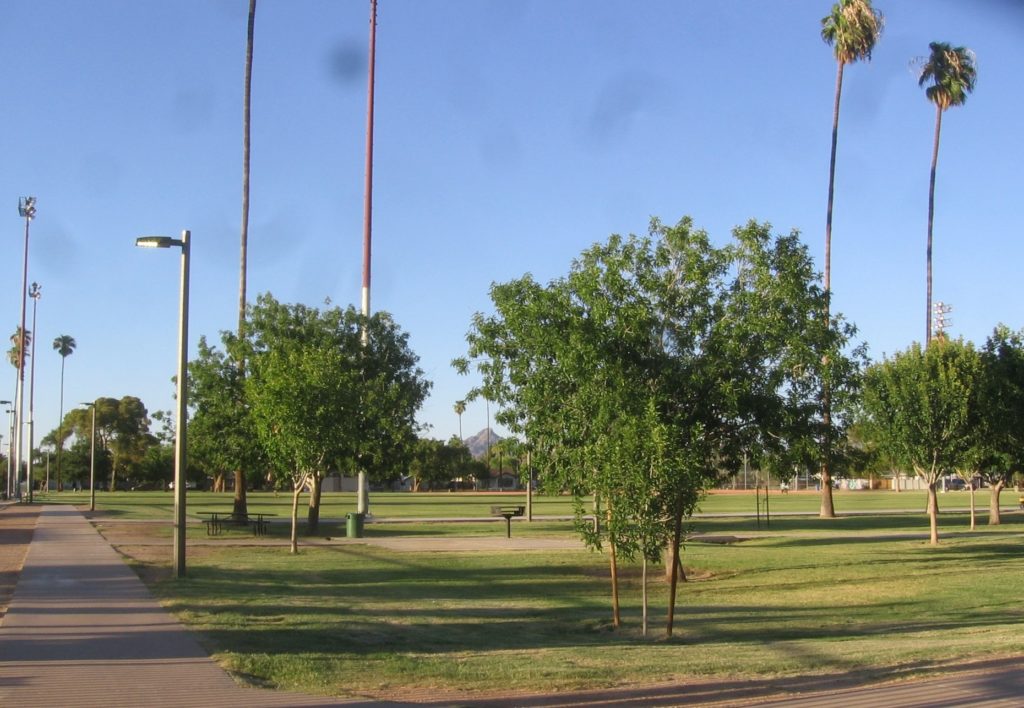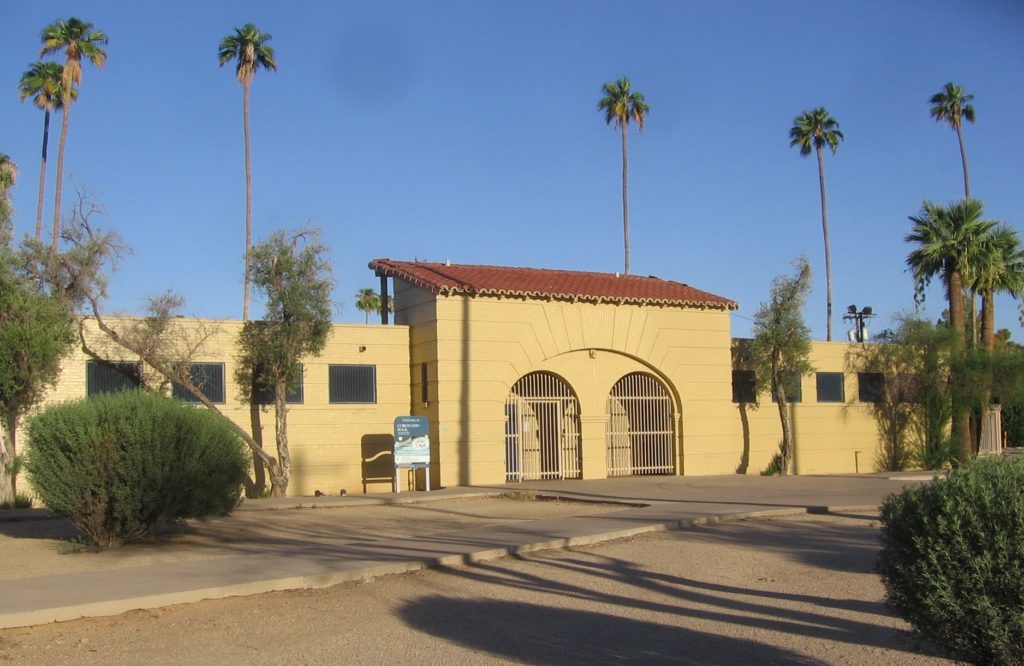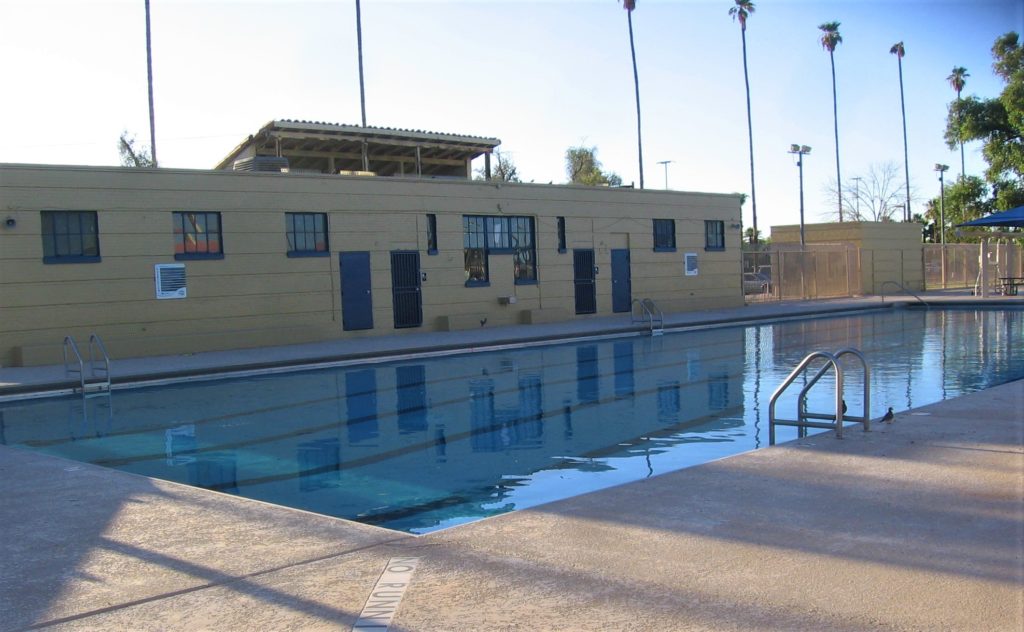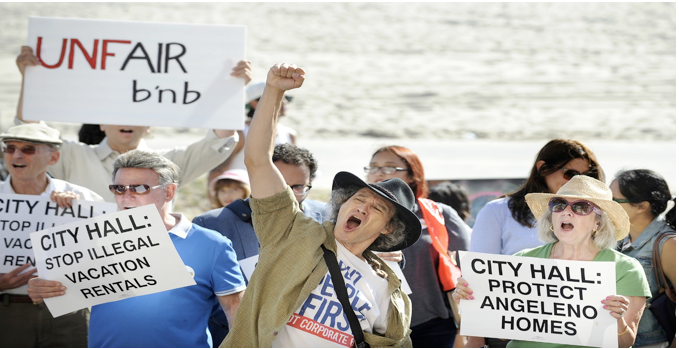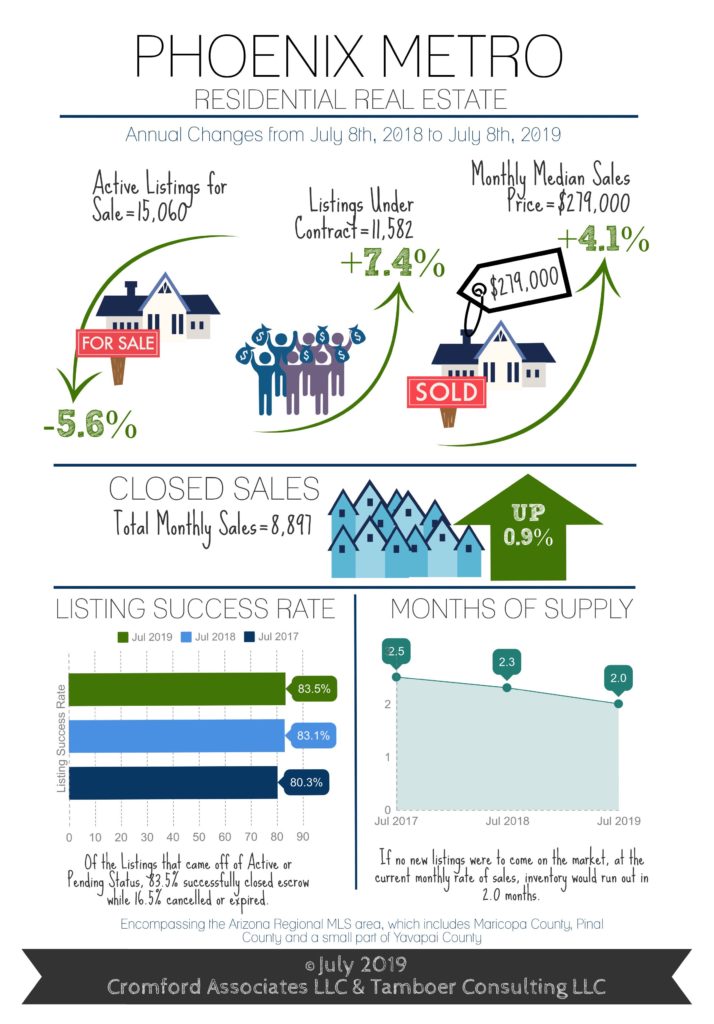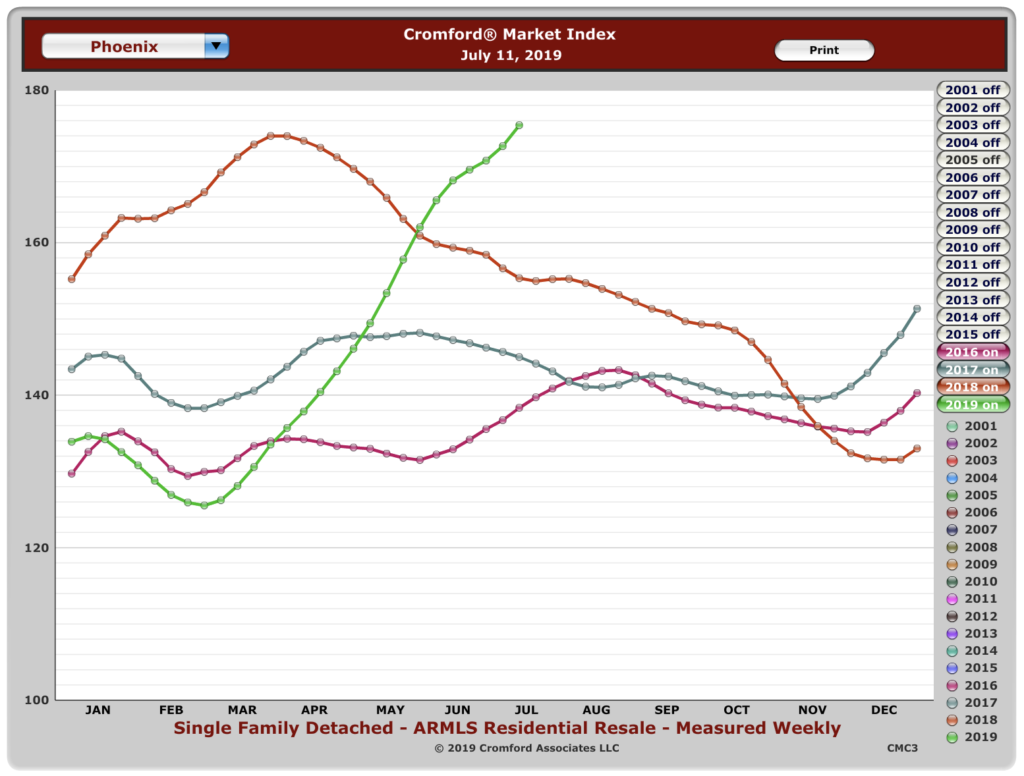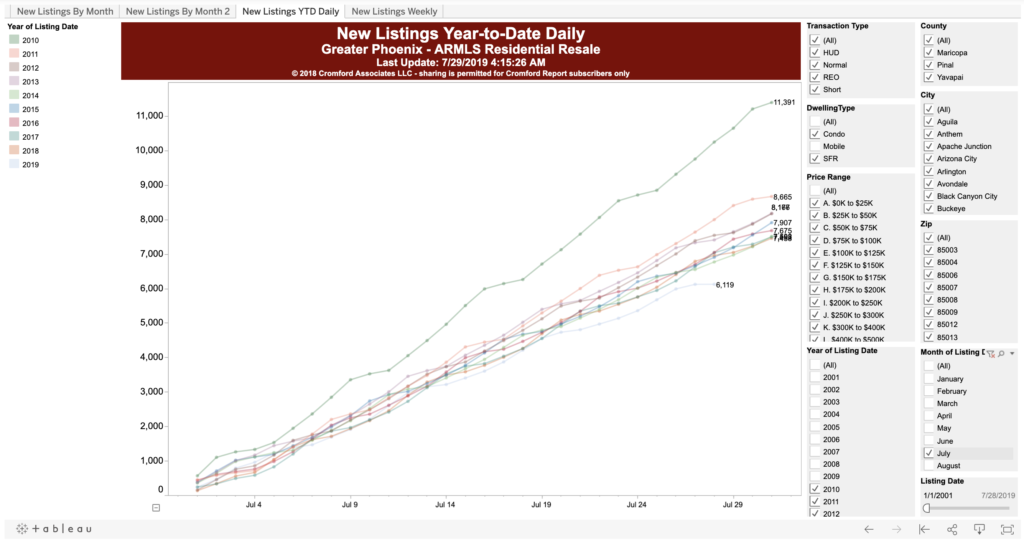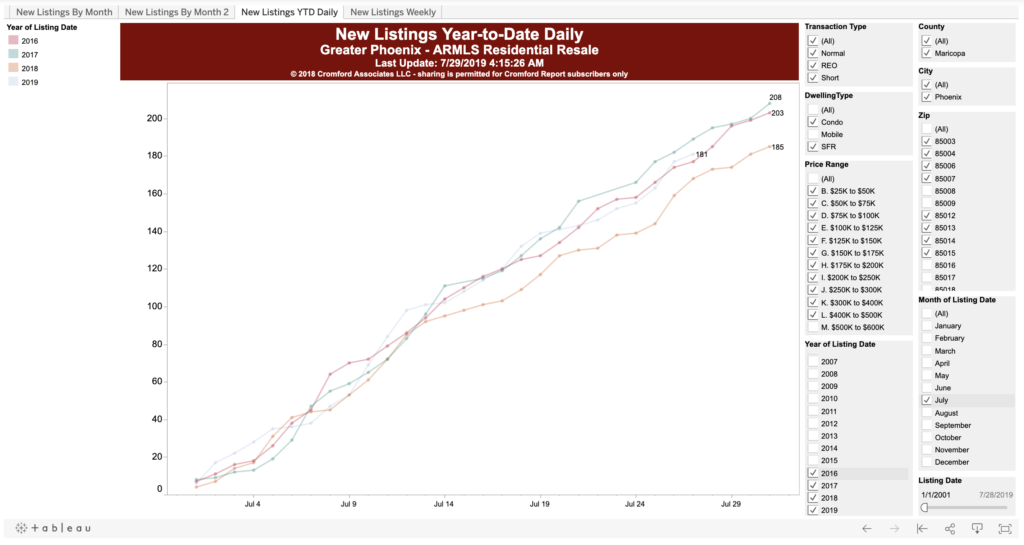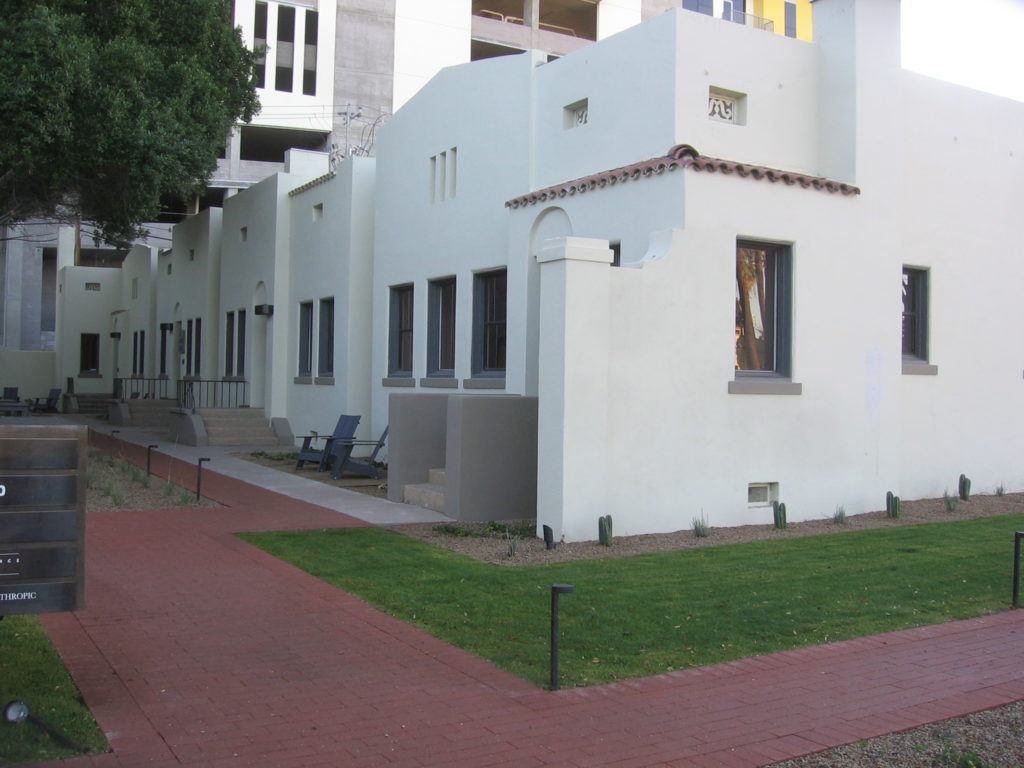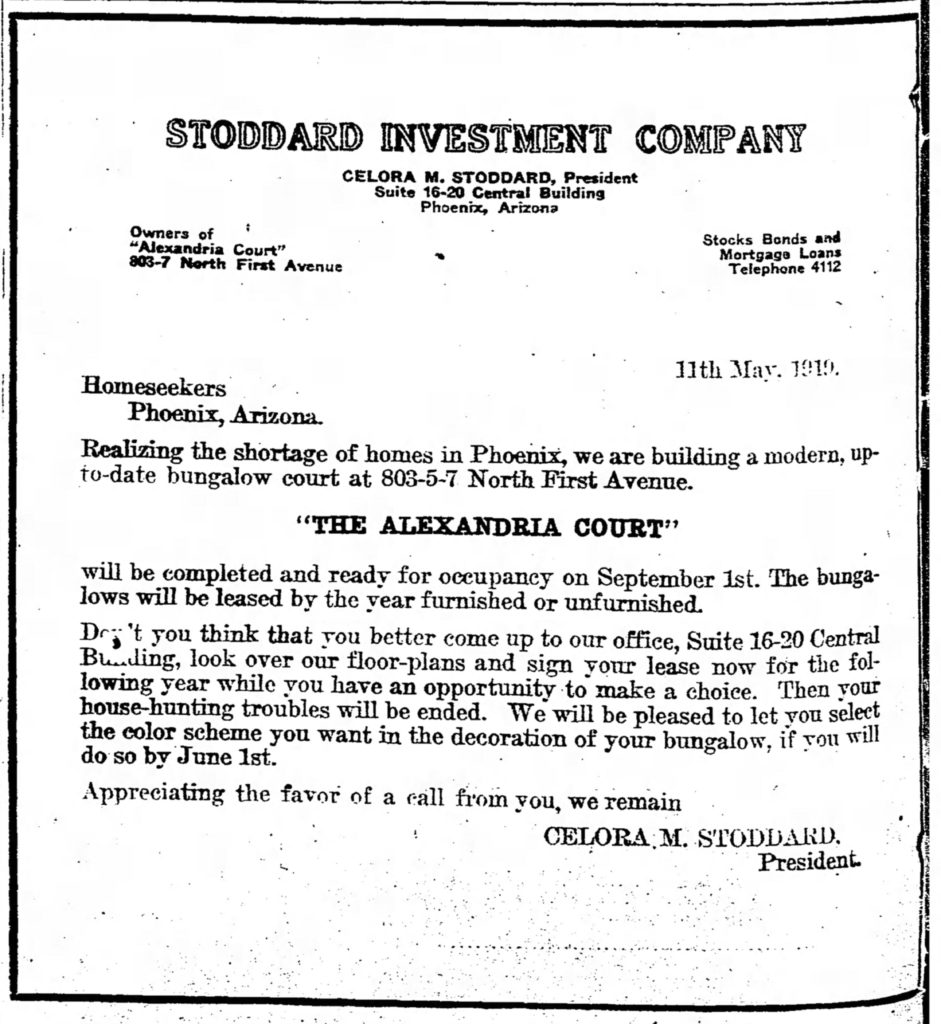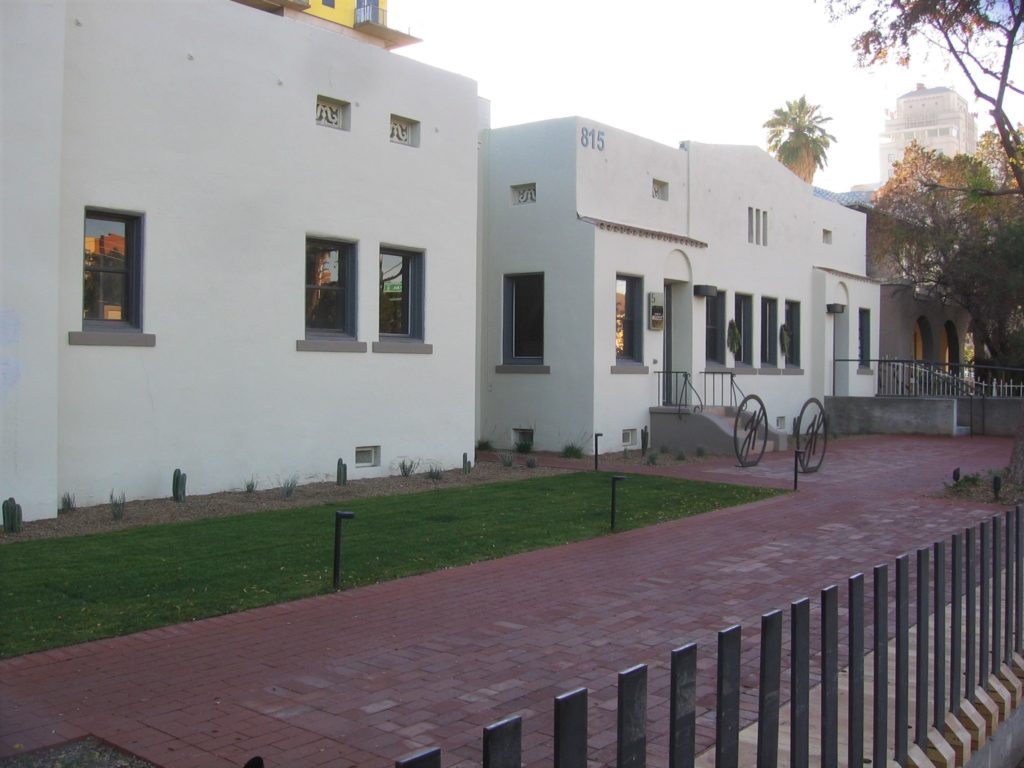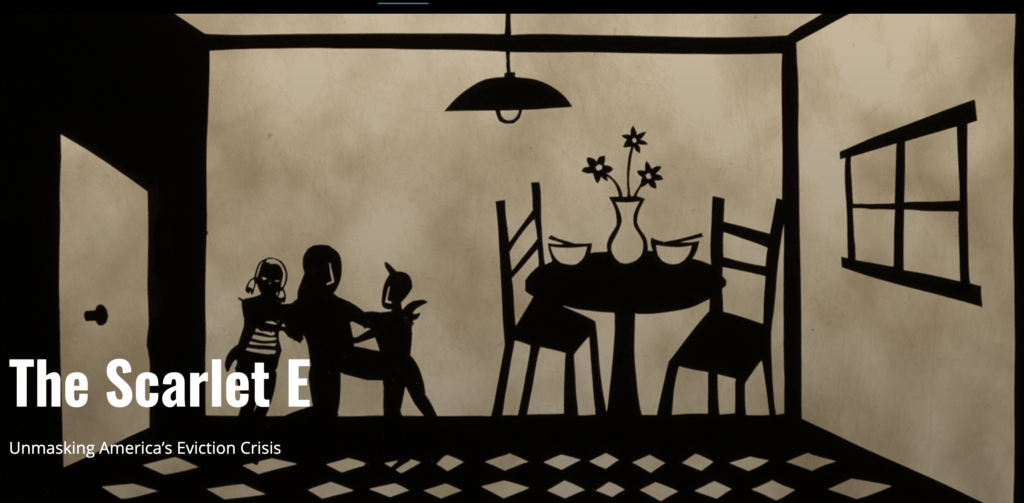
Every year the Hance Park Conservancy puts together a fundraiser to raise money to improve Margaret T. Hance Park.
It’s a beautiful affair, and worth getting some friends together for, if you can.
Save the date now, as this one fills up quickly.
“Inspired by a similar “dinner in white” that began in Paris 30 years ago, Noche en Blanco has a character unique to Phoenix. Guests will arrive dressed all in white, share in a sunset toast, and partake in gourmet picnics paired with fine wine. This will be a fun, elegant event with long rows of tables draped in white, strings of lights and stars overhead, featuring live music and dancing.”
Little known fact: the deck park tunnel, under Margaret T. Hance Park, was the final connection point for the I-10. As of its completion, you could drive, uninterrupted from the Pacific Ocean to the Atlantic Ocean.
Any-whoooo… Here is what the organizers say about themselves, for background.
The Hance Park Conservancy is a catalyst for public space renewal in Phoenix, advocating for the park and protecting its future.

Established in 2010, the Hance Park Conservancy is a community-based, 501(c)(3) non-profit organization. It is comprised of community and business leaders committed to ensuring a bright future for Hance Park, and by extension, the greater Phoenix Metropolitan Regionʼs 4.2 million residents. Instrumental in developing the Hance Park Master Plan, the Hance Park Conservancy’s mission is to activate the park with programming for the entire community.
Hance Park is a 32-acre public green space in the heart of Downtown Phoenix, situated in the midst of great cultural, arts, and community institutions. The park offers year-round events and activities, an active dog park, and several amenities.
The Hance Park Conservancy, in partnership with the City of Phoenix and Phoenix Community Alliance, have endeavored to redesign and redevelop Hance Park into a vibrant urban park and signature destination that becomes a catalyst for positive change in the community.
Signature parks throughout the nation are unique, must-see spaces that inspire community pride, economic development, and tourism. Great cities need great parks.
For more information, visit hancepark.org.
I plan to be there. It’s always a beautiful time.



